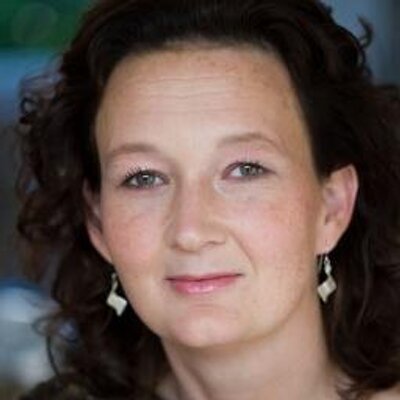Humanizing the corporate mind-set
Contents
Author: Sandra Boer
They leave themselves at home when working together with colleagues; they leave themselves at home when in contact with clients, patients or students. They feel vulnerable when showing themselves. So on their way from home to work, they become their position. Is it a new form of poverty? Will clients choose companies only because a company has a great track record? Or are they looking for a great person to work with, who understands their challenges, and with whom they also feel a connection? Can teachers really inspire their students without showing anything of themselves or their passions? Can doctors really connect to their patients without empathy?
The most successful partnerships between organisations and artists are the ones where the artists find ways to humanize the employees. Who am I? Who is the other? What is my story? What is your story? These are the basic drivers of communication, cooperation and connection. Artists are fully equipped to use all their senses instead of just one or two. They are capable of devising artistic interventions that are real, that connect people. Connecting them to their purpose, or connecting them to the purpose of the organisation they work with.
Of course, your client will never ask you, as an artist, to humanize the company. But they might ask you to connect employees to the purpose or vision of the company, or connect employees to each other. To help employees connect to clients, or potential clients, in a different way. To investigate themes and values like trust, cooperation, congruence, transparency ... To think of ideas for events or solutions for their clients. In a way, they will ask you to enrich their employees, to enrich their company.
In every Art Partner assignment (over 80 in the past 8 years) where we worked with artists in organisations, it was the artist who was able to humanize the assignment, the corporate mind-set. It was the artist who was able to make the personal connection, creating an environment where employees can bring their real selves. Because the artist is who they are and what they do. There is no separation from being and doing between person and position. And it is here where the change and innovation starts, by making it - whatever it is - personal.
Links
CONTRIBUTE
Feel free to contribute to Beyond Social.









